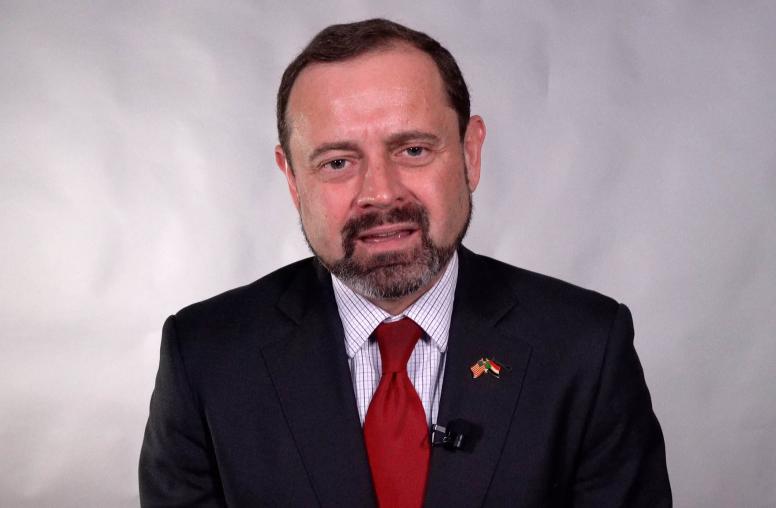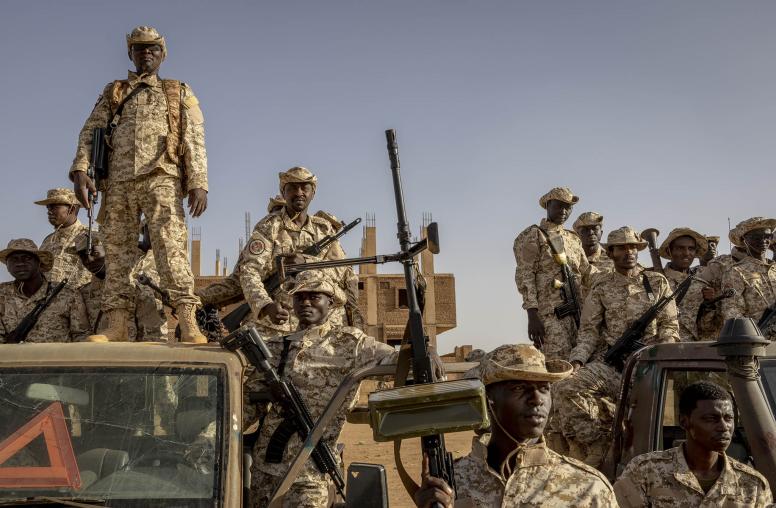Sudan: Ending the War, Moving Talks Forward
Civil war has plagued Sudan off and on since decolonization began in 1955. Between 1955 and 1972, war raged between the predominantly Arab and Islamic north and the Christian and animist south over southern claims for autonomy and self-rule. The war ended with the Addis Ababa agreement, which granted local autonomy to the south. Currently there are deep disagreements in the north between the Islamist government and opposition parties (e.g., the Umma Party and the Democratic Unionist Party) over the role of Islam in Sudan and the prosecution of the war against the south.

Recommendations of Seminar Participants
- A standing working group or mediation team should be constituted within the IGADD secretariat to make the peace process coherent. The international community should provide financial resources and technical support for the working group.
- The agenda for the talks must be clarified to be acceptable to all parties.
- An agreement on relief corridors and "zones of tranquillity" should be reached as soon as possible and a mechanism for supervision and compliance developed.
- The negotiation process must be more sustained, as opposed to the current sporadic pattern of talks characterized by long interruptions.
- Preparatory work on the elements of a potential settlement, such as an interim power-sharing period, national conference, or referendum, should begin well in advance of the negotiation process.
- Analysis of practical issues that would arise in implementing a negotiated settlement should begin as soon as possible. Working out in advance the details of military demobilization, refugee repatriation, and other issues can give parties greater confidence that agreements will succeed.
- Unofficial dialogues should be convened to bring together a wider array of interests than those represented in official talks, including opposition parties in the north, traditional leaders of ethnic and tribal groups, women's groups, trade and professional unions, and academics. Civil society groups, particularly women, should be included in efforts to promote peace and national reconciliation.
- These unofficial dialogues should not detract from the official talks among warring parties on a negotiating mechanism, the cessation of fighting, and the delivery of humanitarian supplies. Success in these talks is a prerequisite to broader national reconciliation.
- In the longer term, efforts are needed to foster conflict resolution at several levels--national, regional, and local--and among the many ethnic and political communities in Sudan.
Civil war has plagued Sudan off and on since decolonization began in 1955. Between 1955 and 1972, war raged between the predominantly Arab and Islamic north and the Christian and animist south over southern claims for autonomy and self-rule. The war ended with the Addis Ababa agreement, which granted local autonomy to the south. The agreement was mediated by the All-African Conference of Churches and the World Council of Churches. In 1983, the autonomy agreement was abrogated when then-president of Sudan Jafaar Nimeiri announced the application of Islamic law (Shari'a) in the south, and the war resumed. A coup d'etat in 1989 ended a brief period of parliamentary rule, bringing to power a military regime backed by the National Islamic Front (NIF), which espouses an Islamist (or radical Islamic) ideology.
Currently there are deep disagreements in the north between the Islamist government and opposition parties (e.g., the Umma Party and the Democratic Unionist Party) over the role of Islam in Sudan and the prosecution of the war against the south. Factionalism also prevails in the south, following a split within the Sudanese People's Liberation Army (SPLA) in 1991. The SPLA/Mainstream faction, led by John Garang, is opposed by the SPLA/United faction (known as the Torit faction), led by Riek Machar. Thus, the north-south conflict is exacerbated by considerable tensions in the north as well as military engagement between parties in the south. Despite the Washington Declaration of October 1993 (see sidebar, page 1), confrontation between the southern parties continues albeit at a reduced level of intensity. Thus, the Sudan conflict is more complex than the usual references to a north-south split suggest.
The next round of talks to end Sudan's decade-old civil war is slated for May 16 in Nairobi. The talks are being held under the auspices of the mediation committee of IGADD, which comprises countries in East Africa and the Horn of Africa. Kenya chairs the mediation committee, on which Uganda, Eritrea, and Ethiopia also serve. Previous mediation efforts include those attempted by former Nigerian president Ibrahim Babangida and held in Nigeria's capital (Abuja I and II), as well as earlier attempts by former U.S. president Jimmy Carter, former Nigerian president Olusegun Obasanjo, and former U.S. assistant secretary of state Herman Cohen.
Prospects for a significant breakthrough in May are not promising. Nevertheless, specific measures can be taken to end the immediate humanitarian crisis and build a basis for a long-term resolution of the underlying dispute over Sudan's national identity. Further, the negotiation process itself can be strengthened to bolster the chances of success in the short and long term.



